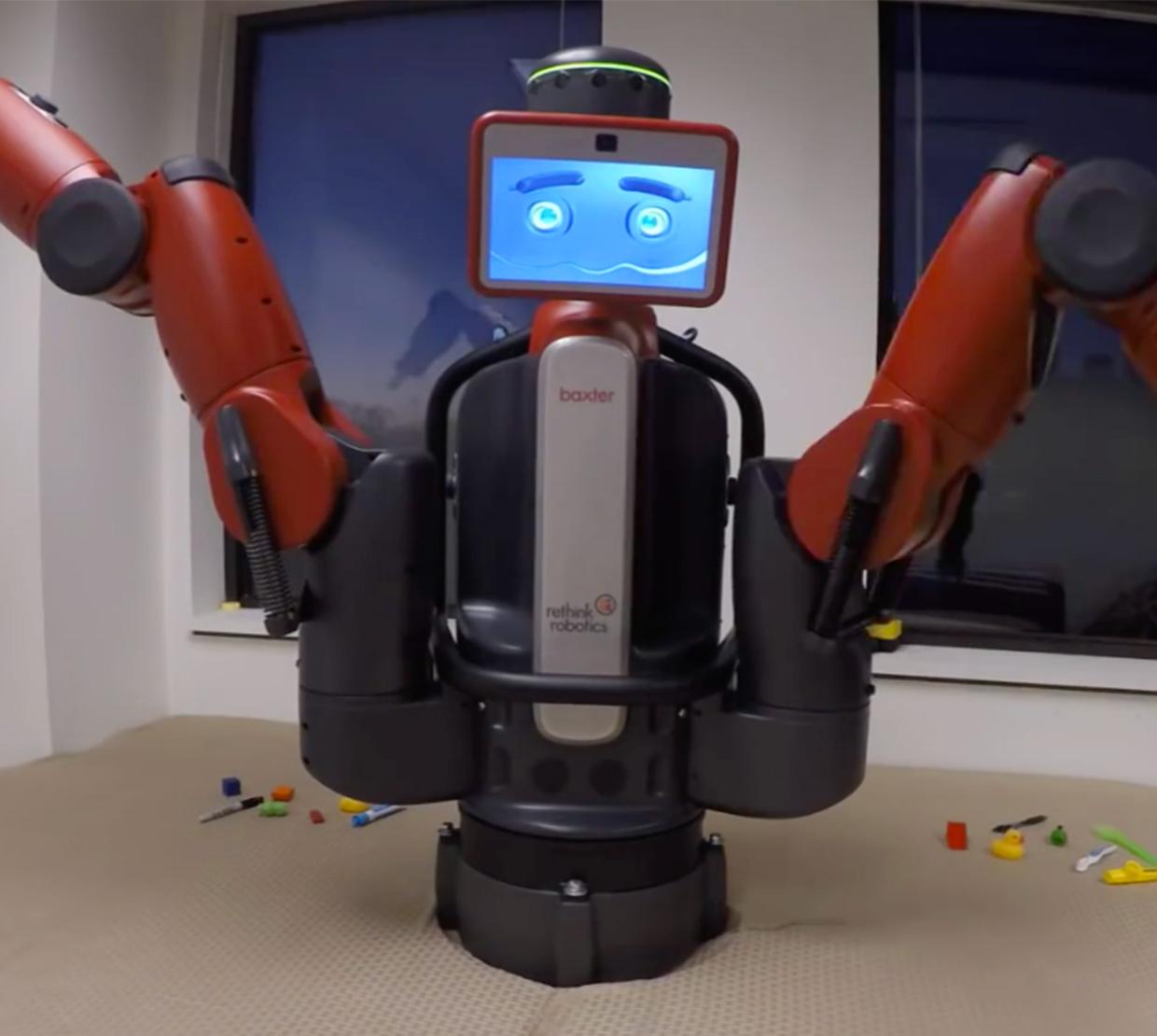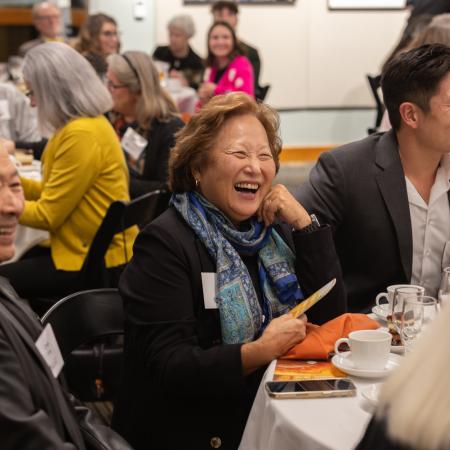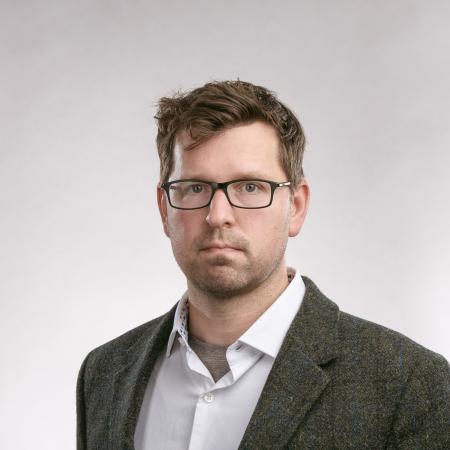Alumna Rebecca Pankow (Honors Biochemistry and Biophysics, ’11), who is a doctoral student in computer science at Brown University, was featured in the October 2017 issue of the New Yorker for her ongoing research to build a new generation of robots that can work cooperatively with humans.
The article, “Welcoming Our New Robot Overlords,” showcased a robot called Winnie, programmed by Pankow and her team to perform a task like pulling petals from a daisy as part of a broader mission to revolutionize robotics and various industries by designing a robot that can perform a range of tasks with different objects of varying shapes, sizes and textures.
Pankow’s collaborative work with her professor and other graduate students aims to conquer the next frontier of robotics: teaching a robot “to function in an environment that was constantly changing." Her doctoral research focuses on computer vision. In an article in Rhode Island's Future, Pankow explains how the camera can guide robots to perform more sophisticated tasks.
“By seeing we mean using the images to identify the location of the flower petal. It’s using cameras to guide machines. Being able to take those images, analyze them and identify where the flower is in the real world. We have to create this software to give it the capability to utilize the camera in a similar way that we use our eyes and our brains to navigate the world.”
As an undergraduate student, Pankow amassed a tremendous number of high-impact research experiences both on campus and outside of the university, working across exciting multidisciplinary projects that combined biology, programming and physics. She developed computational methods to quantify gene transcription in bacteria as a participant in the Howard Hughes Medical Institute Summer Research Program. For her honors thesis, Pankow assembled a genome combining data from mate pair library sequencing and next-generation sequencing.
A summer research internship at CERN (the European Organization for Nuclear Research) in Geneva, saw Pankow work on a computing project to update a programming language. Physicists and engineers at CERN use the world's largest and most complex scientific instruments to study the basic constituents of matter – fundamental particles.
Pankow earned her master’s degree in machine learning from Aalto University in Finland. She worked as a scientist at Helsinki Institute of Physics before pursuing doctoral studies at Brown University.




